Kimono
now browsing by tag
Kimono Patterns – Asanoha 麻の葉

Asanoha is one of my favorite kimono patterns. Especially when I see it done in Sashiko 刺し子 (Japanese embroidery) with a crisp white silk thread against an indigo background. Although it is equally beautiful as a subtle under pattern to a yuzen 友禅染 (resist paste dyeing technique) design.
Let’s take a look at this kimono pattern…
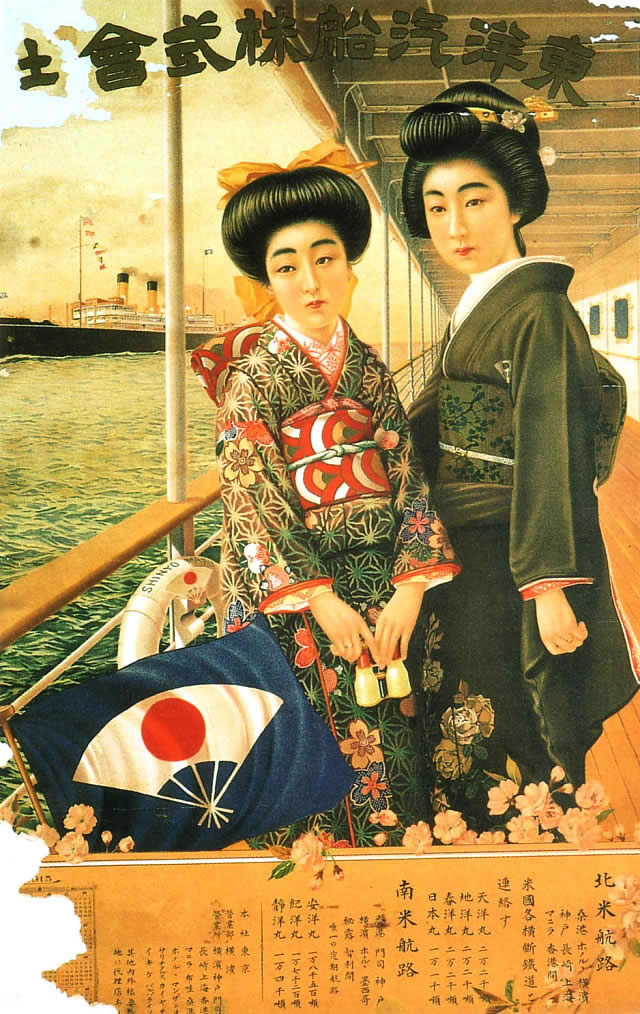
The Pattern of Asanoha 麻の葉 represents hemp leaves. It’s a pattern that has been used to decorate Buddhist statues since the Heian period 平安時代 (794 – 1185) .
“Asa” means hemp and “ha” means leaf. The design has 6 diamonds radiating from a center point (Although most hemp leaves have 5-7 leaves). Hemp was a very important plant in Japan as it was the primary fiber used in clothing along with silk until cotton was cultivated in the Sengoku period 戦国時代 (1467 to 1615). Most original yukata 浴衣 (summer kimono) and underclothing were made of hemp or silk.
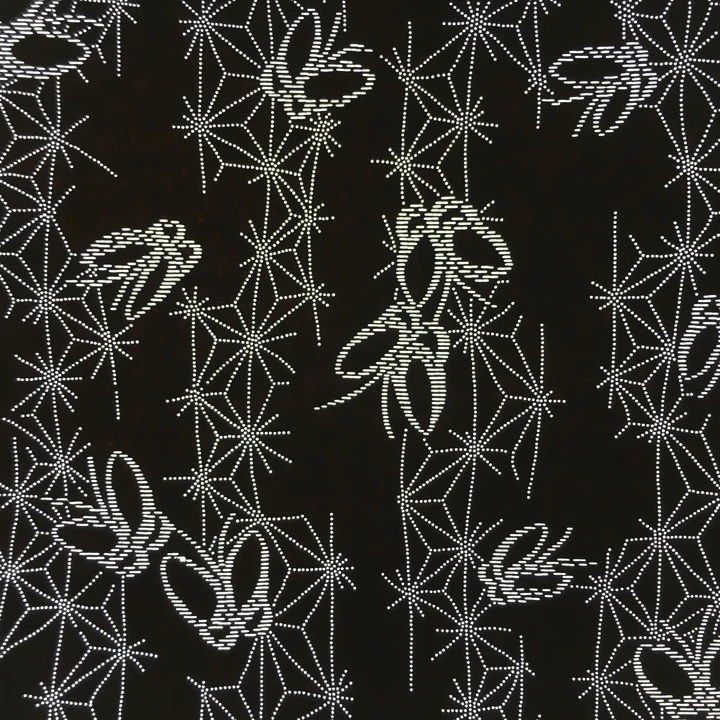
Hemp grows quickly, does not need much care and is durable so it is often used in young children and baby clothes in the hope that they will grow strong and healthy
This design was particularly popular during the Edo period 江戸時代 (1603-1868), when it was promoted by Iwai Hanshirou 岩井半四郎 (1776-1847)
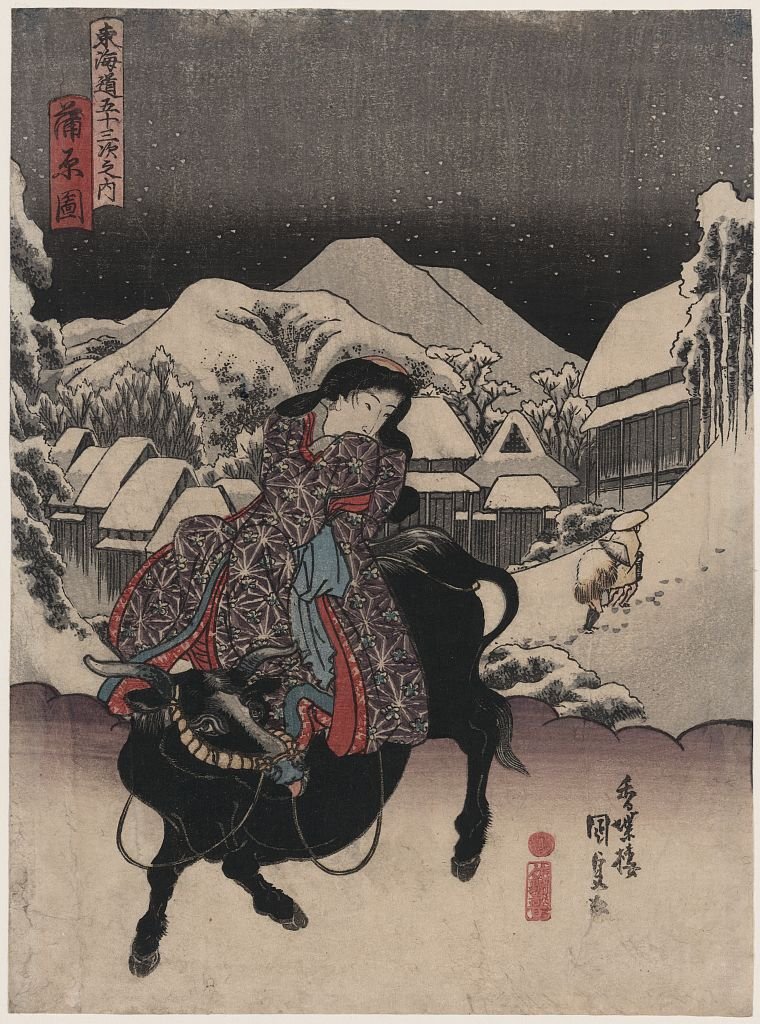
Sailor Moon 28th Anniversary

March 7th marked the 28th anniversary of Sailor Moon’s debut on Asahi Television. It aired at 7pm on Saturday nights
In honor of the anniversary here are a few pics of Sailor Moon and scouts in kimono!
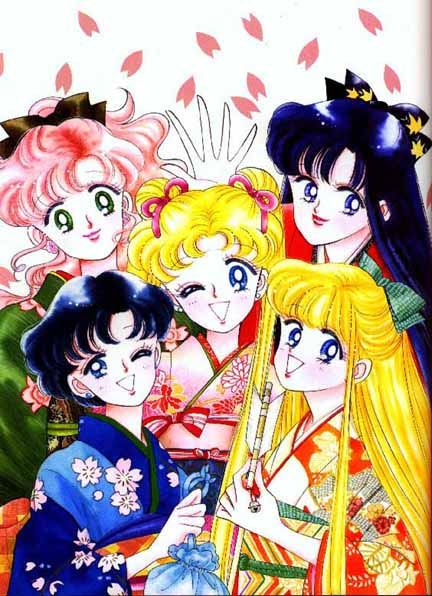
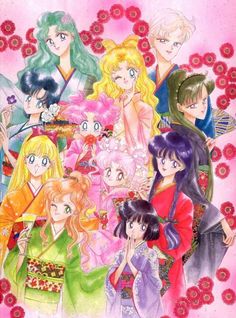
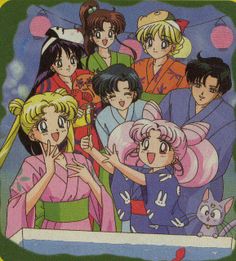
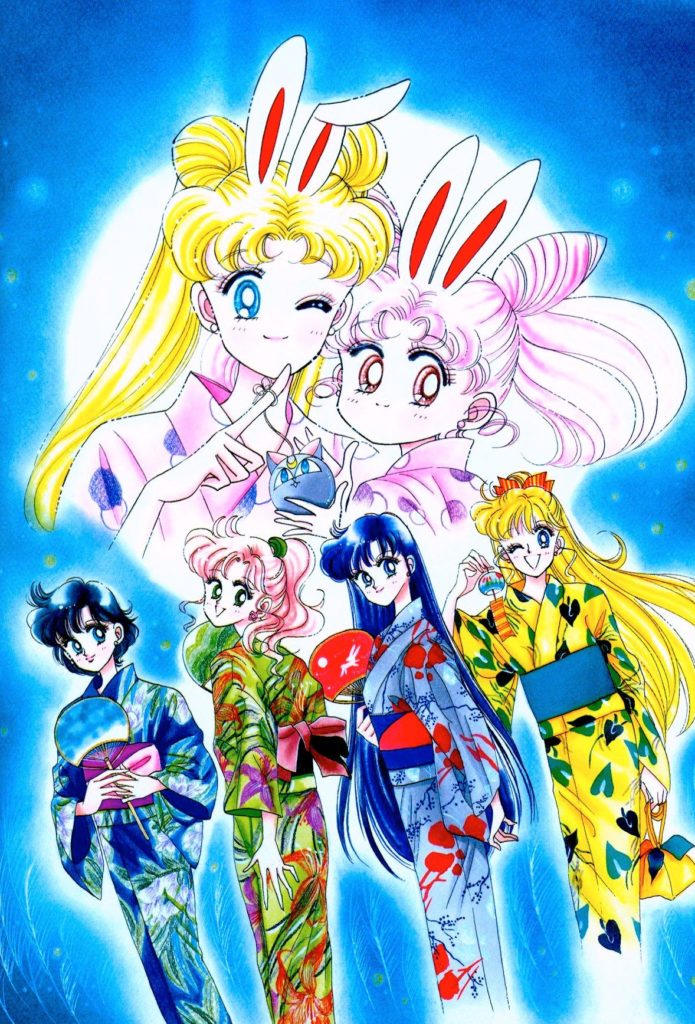
Cleaning My White Juban and Kimono 私の白いジュバンと着物を洗う
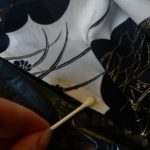
Cleaning your precious kimono is never a light undertaking. What is it made of? What kind of stain is it? How long has the stain been there? Is there someone in town that knows how to clean kimono? Can I afford to have it cleaned professionally? Do I want to take it completely apart to clean it or spot clean it?
This and many other questions such as “Why?? Why do I own so many kimono and how is it I never noticed that stain before??” may cross your mind.
A conversation with a friend brought forward some great info – One of her aunts used to clean and restore silk clothing and she had some advice for a mixture that her aunt used.
Lemon juice, water and sunshine.
Unfortunately her aunt never told her the exact measurements of the mixture she used.
Knowing what the ingredients are to a recipe doesn’t mean you’re going to get a cake at the end.
WARNING/Disclaimer – This is my own experimentation with spot cleaning kimono and juban. Please make note that so far I have only worked on white or ivory areas of a kimono. I have not tried to remove stains from a dark kimono!
Self cleaning is not without it’s ups, downs and unexpecteds, and you have to be keeping a close eye on your clothes to catch anything you didn’t expect to happen – see my notes below.
If you choose to try my mixture you do it at your own peril.
So on to the experimentation!
I began first with a Polyester Juban that I had picked apart. I wasn’t worried if there was any damage to it or spots left after the treatment because I figured I’d cover the ones on the collar with a han’eri anyway.and the hem ones would disappear when I shortened it.
That is what I tried first.
Online I found a recipe for a 1-1-1 mixture of lemon juice, water and baking soda.
NOTE: I have heard more than once that fresh squeezed lemon juice is the best. I have not experimented with any bottled lemon juice.
The baking soda will bubble when it hits the lemon juice and then eventually settles to the bottom, so make sure to stir each time you go to apply.
I applied the juice mixture to the hem of my juban with a Qtip. Trying to keep the moisture as concentrated on the exact spots as possible, which as it turns out is almost impossible, but you can get close. Then I set it out in the sun to dry, my friend’s aunt emphasized that setting it in direct sunlight was very important. This first time I only let it dry in the sun for about 15 minutes because I noticed a horrible “Wet stain” appearing on the material.
So next I took it in to the tub and I used a natural castile soap, a soft horse hair brush (I had recently seen a kimono cleaner on Instagram using a soft horse hair brush to scrub kimono), and cool water (Don’t use hot water, it’s likely to set the stain and/or damage the fabric fibers). I scrubbed gently a few minutes on both sides of the juban. Attacking the stain from both sides seems to work best, although this will not always be possible, such as an awase kimono. Now rinse.
The “wet stain” disappeared and to my delight the stains were much lighter than before.
I repeated the process and ended up with stains so very pale that the camera couldn’t pick it up and a friend had to really search on the fabric to find the ones at the hem.
But I am a perfectionist and pale stains still weren’t good enough.
So the next day I tried a slightly different approach. I used a bit more lemon juice this time.
3 TBSPs Lemon juice
2 TBSPs water
2 tsps baking soda
I let the garment sit in the sun for much longer, about an hour, before rinsing it with castile soap.
Very high tech. My poor juban is laying on a plastic trash bag while the part that needs to be in the sunshine is draped across a bucket with a plastic cutting board on it to give it a flat surface. (Where there’s a will there is a way!)
And VOILA the stains completely disappeared!
Now it was truly time to be ambitious! Silk.
I pulled out a vintage silk autumn kimono I had just received from Japan. It was mainly ivory with a black and gold kyo-yuzen design. There were only a few stains on it. Two on the collar and one at the right seam – below where the ohashori would hide it.
I pulled out the 3TBSP Lemon Juice, 2 TBSP water and 2 tsp Baking soda mixture and used it.
For the spots on the collar I washed it first with the castile soap and set it out to dry.
That didn’t seem to make any difference at all in the stains, so after 40 minutes of letting it dry outside I went and applied the Lemon juice mixture with a Qtip as I had before and let it sit for another 45 min in the sunlight.
Then I brought it in and washed it, gently scrubbing with the horse hair brush. The stains were definitely lighter!! So I let it sit in the sunshine until it was dry and applied the lemon juice again to the collars and to the stain on the seam and let it sit in the sunshine for another hour, and again washed/rinsed. The stains on the collar are lighter again, but I’m still going for another round.
The real success story was the stain near the okuni line. One application of lemon juice, one hour of sunshine, and one rinse and it was gone!
Have patience with your kimono. It took me at least 3 applications and 3-5 hours of letting it rest in the sun to get the results that I did. I am sure there are stains that could take longer, just as there are stains that take less time.
NOTE: Be very cautious if you have an awase kimono with a dark lining. I noticed in one area of my silk kimono, when I got it too wet, that the color of the lining was beginning to stain the kimono. Fortunately I caught it quickly, washed with castile soap and scrubbed gently with the brush and air dried it with a fan, which seemed to keep the lining from touching the kimono fabric.
NOTE: I would not try this technique on dark kimonos. Lemon has a bleaching quality and I can tell you that there is one small spot on the black clouds up by the collar stain that I caught beginning to bleach to grey/blue where some lemon juice had gotten on it. I quickly placed a piece of fabric over it to get it out of the sun. In fact if there are large areas of dark in your pattern I would shield that from the sun as much as possible while you work on the stains in the light areas of your kimono.
Obon and Bon Odori 盆踊り

This past weekend was my first time attending an Obon festival and Bon Odori. Obon is a festival with roots reaching back over 500 years in Japan. It’s celebration is centered on honoring one’s ancestors and takes place in July or August depending on whether the region marks the solar or lunar calendar.
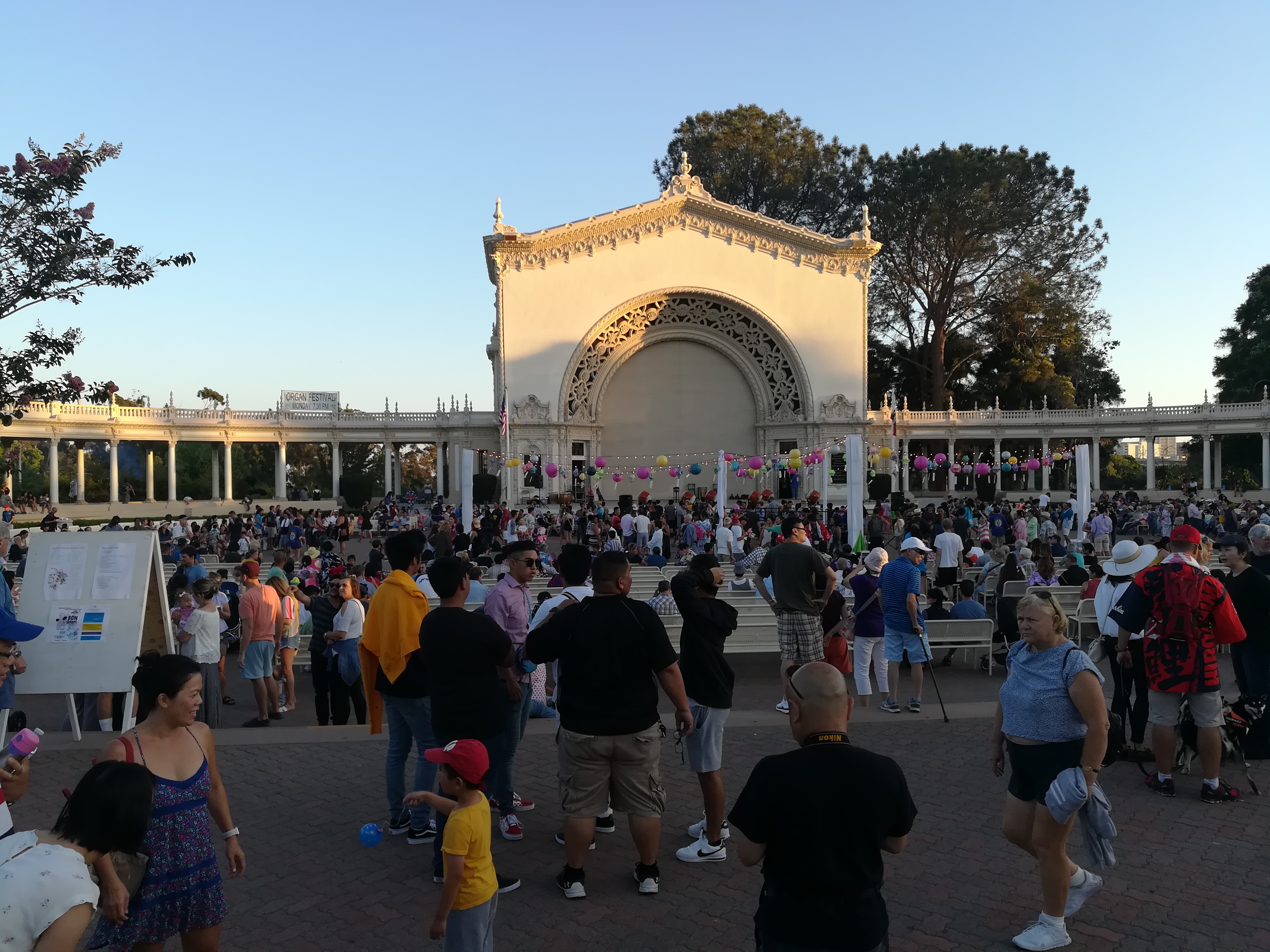
The event was huge in San Diego and took place the weekend of August 6th. Not only did it take over SanKeiEn, the Japanese Friendship Garden there, but also the Organ Pavilion. There were dance presentations and music performances, games, delicious food, vendors of all kinds selling everything from yukata to pottery and antiques, and different societies representing Japanese culture, from the Buddhist Temple to the Shiba Inu club of San Diego.
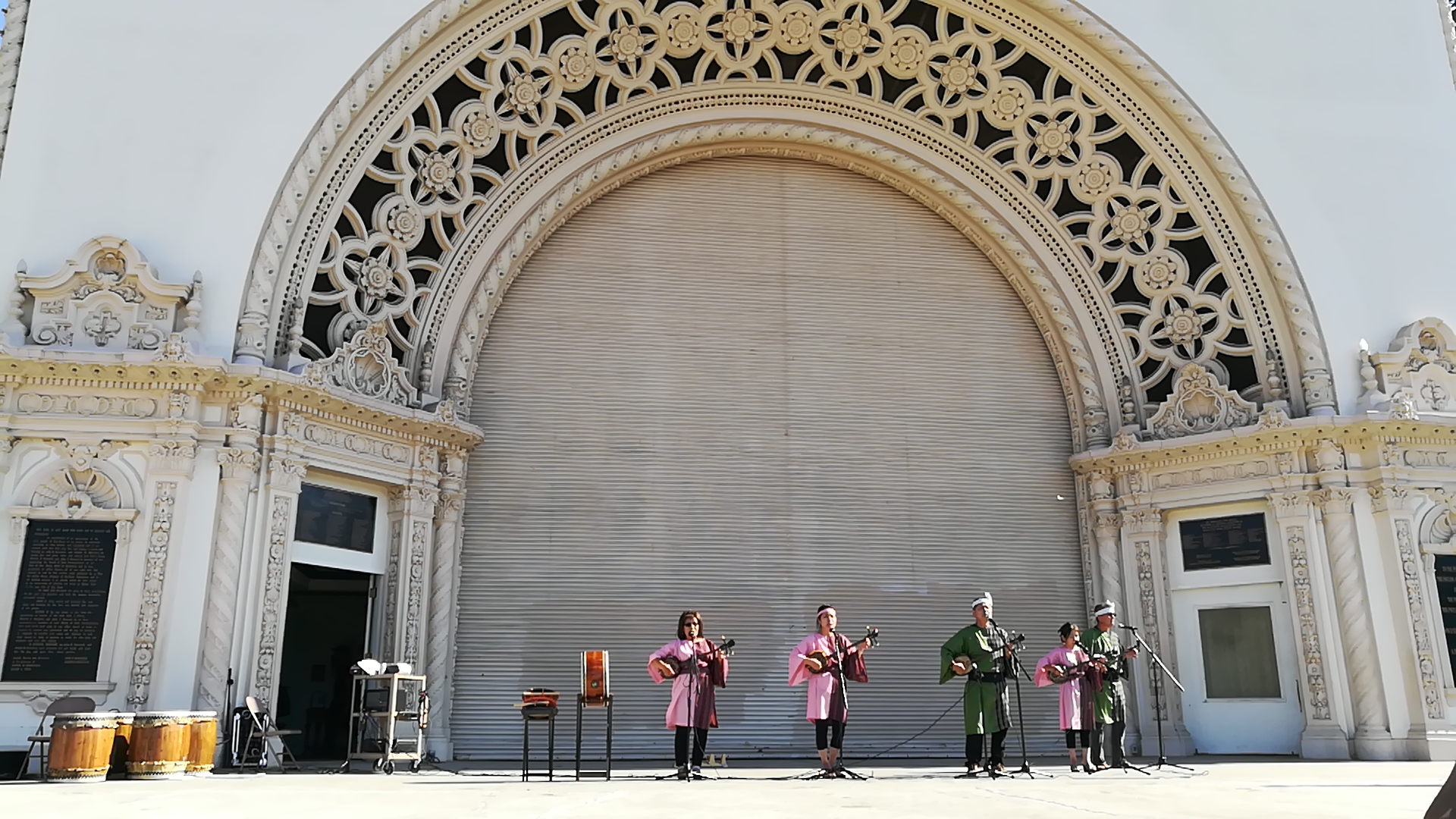 My kitsuke class, whose members also make up the San Diego Kimono Club, was participating by hosting the yukata fashion show. Over 20 women participated each wearing a very different yukata and hanhaba obi with a variety of meanings to them. A family heirloom over 80 years old. A yukata made with traditional Okinawan patterns and techniques. A kimono re-purposed into a modern summer dress. Our youngest member, 10 years old, with her heko obi tied into a bright and beautiful bow.
My kitsuke class, whose members also make up the San Diego Kimono Club, was participating by hosting the yukata fashion show. Over 20 women participated each wearing a very different yukata and hanhaba obi with a variety of meanings to them. A family heirloom over 80 years old. A yukata made with traditional Okinawan patterns and techniques. A kimono re-purposed into a modern summer dress. Our youngest member, 10 years old, with her heko obi tied into a bright and beautiful bow.
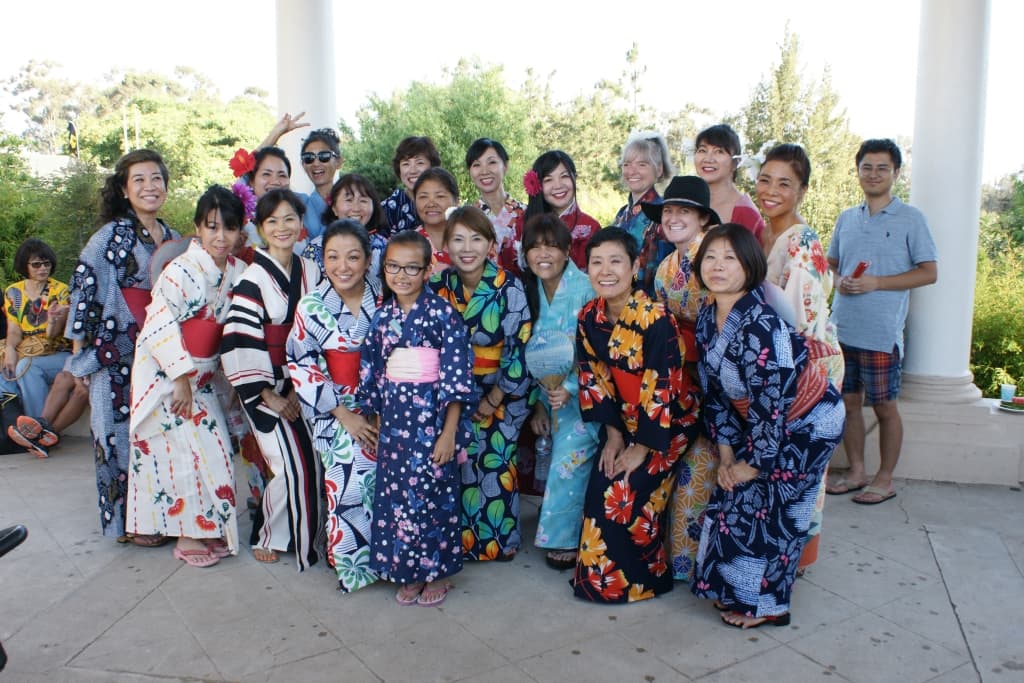
I was originally only going to come to take video and photos of the event because my yukata had somehow managed to find it’s way in to the dryer and had shrunk to the point I couldn’t wear it (yikes!). About 3 days before Obon I remembered that I not only knew how to sew, but I also knew how to sew a yukata. Taking my love of astronomy and NASA as an inspiration I made myself a yukata out of a cotton material with constellations and planets all over it.
After seeing it and finding out that I had made it myself my instructor and the MC encouraged me to join the fashion show as a last minute addition – which caused a bit of a problem as I had worn tennis shoes and did not have a set of geta handy!!
This was solved by my removing my shoes and walking on the stage in my socks. (Which threw the MC off a bit as she had wanted to talk about how modern and fun a yukata could be when paired with something like tennis shoes!)
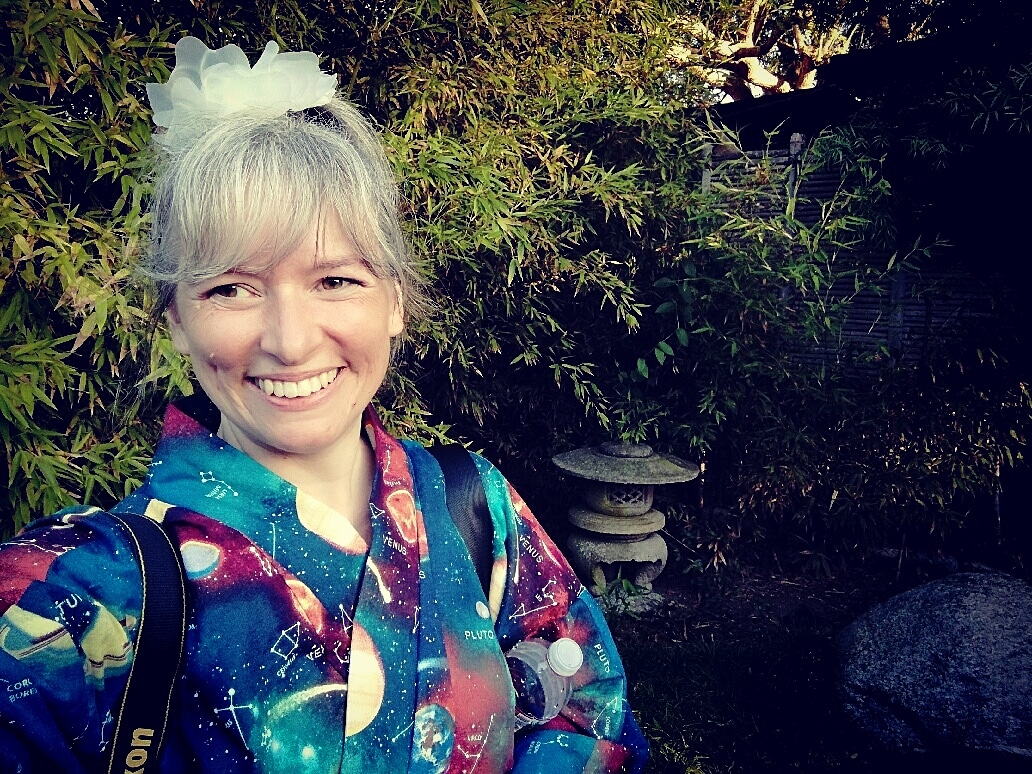
The fashion show we create is always meant to show people how much fun wearing kimono is and ends with a dance to “Boogie Wonderland”. I love that we are showing that while beautiful and traditional wearing kimono is also comfortable and enjoyable!
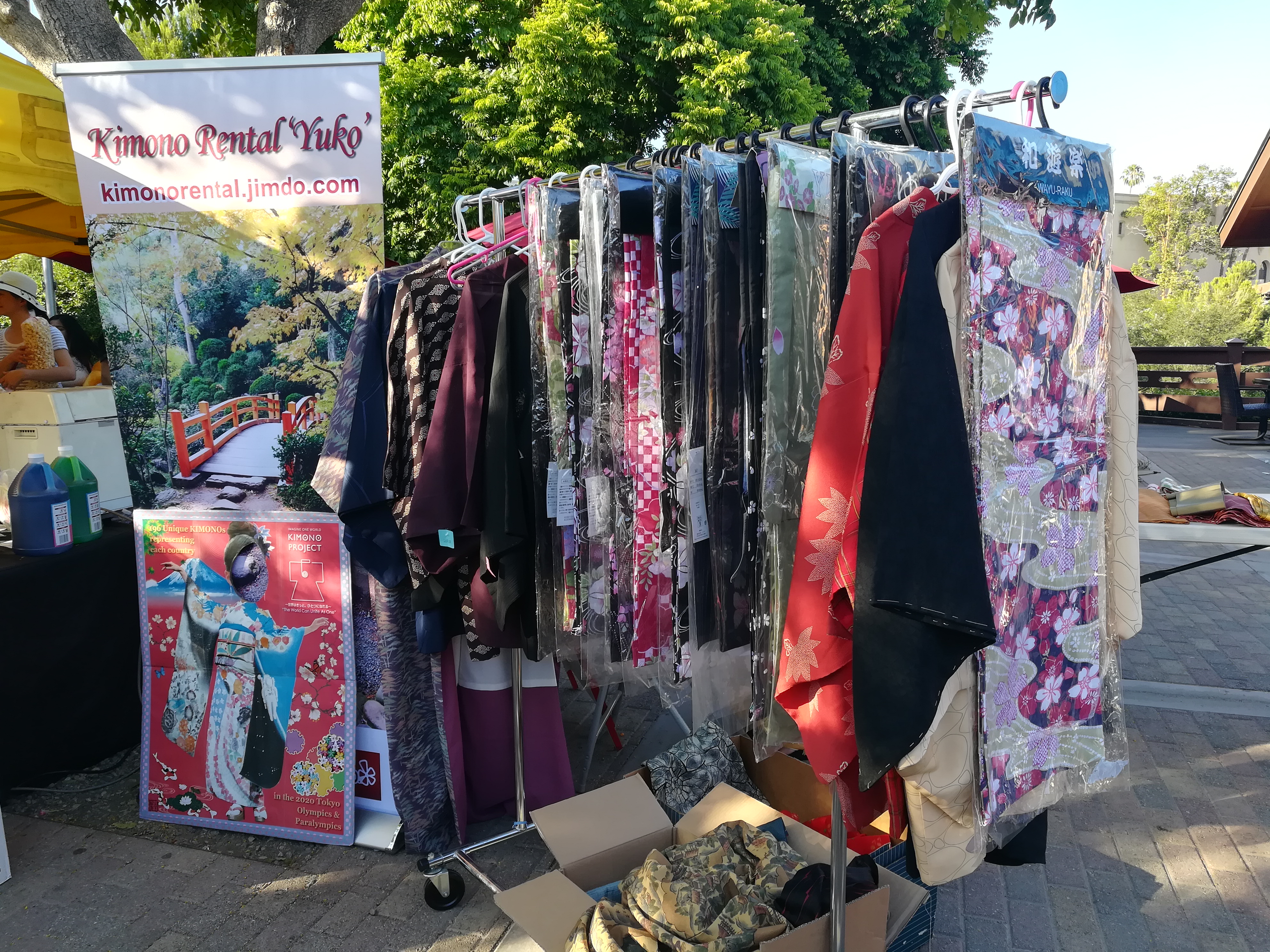
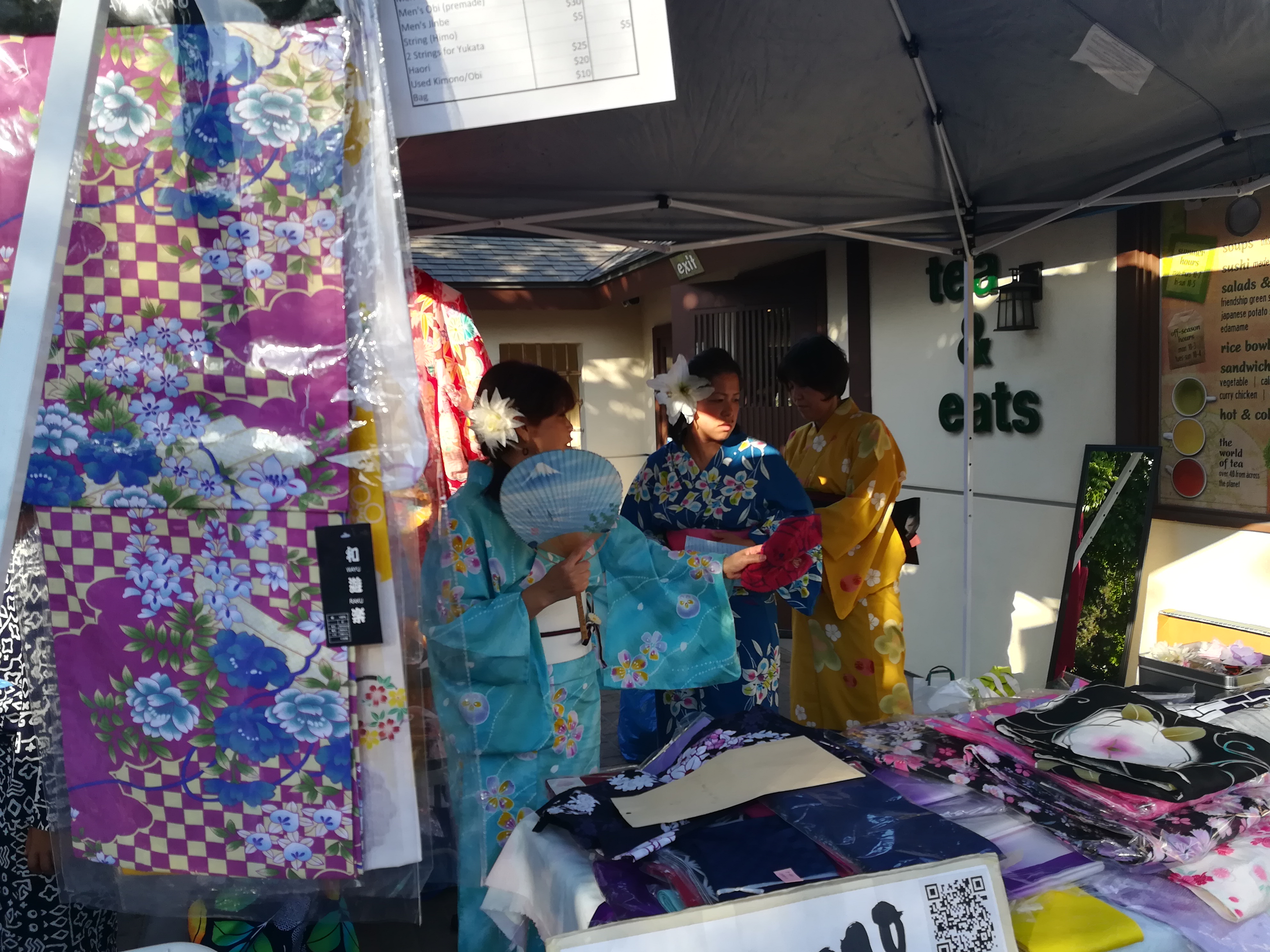
My kimono instructor had her own booth and was selling kimono and dressing people so they could even more enjoy the spirit of the festival. There were so many people in yukata it was wonderful to see!!
To learn more about the tradition of Obon and Bon Odori here are a few links:
https://www.nationalgeographic.com/travel/destinations/asia/japan/summer-obon-festival-of-the-dead/
https://en.wikipedia.org/wiki/Bon_Festivalaq
If you live in the San Diego area and would like to experience renting a kimono to wear for an event or photo shoot please visit my instructor’s page at Kimono Rental Yuko:
Wearing a Juni-Hitoe Kimono (12 layer kimono) in Kyoto
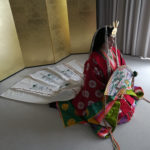
The evolution of the kimono from those long ago designs borrowed from T’ang Dynasty to the modern kimono has been a long and winding path. It continues to meander on even today with new fabrics, new lengths and new decorations such as lace and pockets.
One marker along the way, and a marker that continues to stand out and shine across the ages, is the Juni-Hitoe Kimono – 十二単 – (Juni = 12, Hitoe = an unlined kimono). Perhaps it is the abundance of beautiful art that portrays the courtesans of the day in these sumptuous robes. Perhaps it is the serene beauty of the Hina Matsuri doll displays where the Emperor and the Empress yearly rule over their court. Perhaps it is the echoes of the Lady Murasaki’s timeless Tales of Genji, written when this sort of attire was the everyday dress of the elite.
I once read that a lady of the Heian era was more likely to be criticized for her lack of taste in the colors and patterns of her kimono than her possible numerous love affairs.
When I told her I was going to try one on my kimono instructor told me that that was her next level of training – the Juni-Hitoe. There aren’t many places, even in Japan, where you can get an authentic experience of wearing one of these elaborate ensembles. One of them is the Nishijin Textile Center of Kyoto.
The ladies there, who spoke very little English, were surprised to find out that I was a kimono kitsuke student and seemed very pleased that I could name the different pieces as I was dressed. The hadajuban did not seem to concern them at all except to make sure that it was crossed left over right and that the back was pulled far enough down to not be exposed at the collars of the coming kimono. Other than that it was left very loosely tied on. Which was a surprise to me as my instructor is very particular about how I tie even my hadajuban. Then came padding around my shoulders, chest and waist, a Juban and the Kosode – which truth be told has closer ties to the modern kimono than the Juni-hitoe.
After that they dressed me in what seemed unreasonably long pants similar to hakama called Nagabakama. I couldn’t figure out how a woman would be expected to hold them up under the kimono layers and was very surprised to find that they were folded under my feet to trail behind me. So in essence you are stepping on the pants as you walk. Which would definitely restrict you to a slow shuffle while wearing them!
Then came layer after layer of kimono, one color after the other. The woman folded the long sleeves into an almost triangular shape, had me hold my hand flat and stiff and then through the arms of all the other layers she would slip everything and then let it drop. She obviously knew exactly what she was doing and it took her less time to dress me in the many layers of that kimono than it takes me to dress myself in a modern one!
Besides the pants, another thing took me off guard. The entire ensemble is held together with one tie. A single tie as simple as a long koshihimo!!
As each layer was put on she would tie it. Then the next layer would go on and she would tie that one and then reach under and untie the last layer. When we were done the whole thing dropped off in a single fluid motion right back down to the pants and kosode!
I think everyone interested in Kimono should try to wear one at least once! There is a majesty to this outfit that is not to be found in a kimono of today. In the very physical weight of the robes you can feel the power across the centuries of those noble ladies, but also the sorrow and the weight on their shoulders. To experience it will truly make you think of them in their wood and lacquered castles, hidden behind shoji doors and screens. The restricted ability to walk. All of those layers in a Japanese summer long before the comfort of air conditioning. It makes the modern kimono feel light, airy and mobile by comparison!
If you are interested in wearing a Juni-Hitoe the next time you are in Kyoto you will find all the information that you need at the Nishijin Textile Centere’s official website. A reservation is required, it takes slightly more than an hour, and it costs about $130 USD. With that you will receive one professional photo. (Don’t be afraid to ask if they will take some photos with your cellphone.)
Kimono Shopping at Kitano Tenman-gū Flea Market
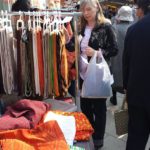
Kitano Tenman-gū (北野天満宮) hosts one of the largest Flea Markets in Kyoto every 25th of the month irregardless of the day of the week (I hear the one at Toji on the 21st is even larger but I had to save the joy of visiting that market till my next time in Japan).
When a friend found out I was going to be in Japan on the 25th but was going to be in Tokyo she had some advice. “Change your plans!”
How right she was!
For anyone who loves kimono and are looking for something – anything – you can’t go wrong at Tenman-gū. If all you want is a robe to wear around the house – and don’t take my word for it, I was told by several of the vendors there not to worry about the length of my sleeve, just enjoy wearing it around the house! – or if you want every piece that you need to build your kimono closet on a budget, you have come to the right place!
Almost every tent I stopped at (and there were many!) started at 1000 yen for their kimono and obi and some started at 500 yen! To translate that into American dollars $5-$10! Unbelievable! They also had obi age, obi jime, koshihimo, everything you could possibly imagine you needed for your kitsuke for only $1 if you were careful and looked around.
Now, if you are looking for a much better quality kimono you obviously are going to pay a higher price and you may or may not find it at Tenman-gū. There were some beautiful kimono in wonderful condition starting around $50. Which is still an amazing bargain and you might stumble upon a real treasure! I brought home 2 kimono, 2 juban and quite a few kitsuke items, even a kasane eri for $1 that still had it’s original $92 price tag on it!!
You will, of course, want to check over every inch of the items that you are looking at. These are, for 99% of items there, used, vintage or antique. I would say that stains are not so much of a problem for the pieces of your kitsuke that no one is going to see. But for the juban, you will want to make sure that the sleeves are clean and also any piece that might peek out from under the kimono. I purposefully bought a stunning blue kimono with butterflies on it that was stained just so I could see if I could remove them. But unless you are up for a cleaning adventure you are going to want to make sure that what you are buying is free from stains, smells and tears.
I don’t think it would be underestimating it to say give yourself several hours here, if not all day. After all there is more than just the kimono to see, one mustn’t forget the shrine itself and, if you are there in season, it’s plum blossom garden! Also, just when you think you have reached the end of the line of tents there is a corner to turn and even more to see! And while the market officially winds down around 5pm – you will find sellers doing business for as long as there are people to buy from them.
A Cherry Blossom Fashion Show

How do I describe how nervous I was being in my first kimono fashion show. The rinzu silk kimono of gradated pink, purple and white covered in sakura (cherry blossoms) and gosho-kuruma (Court Carriage) designed by a kabuki actor and gifted to me for Christmas remains one of the most beautiful I have ever seen and my favorite of all that I own. I was honestly scared I was going to step on it! I was worried I had done just that when trying to climb in to an SUV to go to the Festival because my long Furisode sleeves got caught under me! Fortunately I had not stepped on my sleeve and no damage was done to them! But I think there needs to be a new etiquette on how you climb up into a large vehicle!
But how to do my hair? My makeup? How do I walk? It was my first time wearing zori for so long and they had just been adjusted for me that morning. What kind of face does one have on when walking with kimono?
I settled on a version of my favorite kimono hair that I had found in a YouTube tutorial. A French braid crown across the front pulled loosely on purpose and a bun in the back with a small amount left down in the back. My makeup I kept natural except for a touch of purple to match the kimono in the corner of my eyes. I walked as the lessons in my dance videos instructed which was with a bit of a sliding motion, with your knees bent and kept together.
I tried to keep my face mild and serene with a bit of a smile but when I look at the photos it looks more like I’m plotting the downfall of some fantastical country full of leprechauns – or something like world domination – so next time I think I’ll just smile.
It was amazing and every one of the 22 women taking part in it looked so beautiful! Such detail, design, color and art. Traditional, modern, serious and fun! I can’t think of a better way to spend a day! And such an interested crowd. At least 200 crowded the pavilion at the San Diego Friendship Garden and whether it was a demonstration of how to tie a fukuro obi in one of the most elaborate patterns, or proving that kimono could be fun with a dance to a pop song, they were cheering, clapping to the music and applauding.
I hope there are many more fashion shows in the future and we get to introduce more people to just how beautiful and joyful kimono can be!
- Me Plotting World Domination in a Kimono
- Tying a complicated bow
- Mother and daughter
- Tie dye and single color kimono
- Traditional and modern
- Such a wonderful day
Hello world!

There’s never been a time in my life when Japan wasn’t somehow present. From my mother’s prayer drum and shiromuku doll, that I never had the chance to ask her where she got them from, to my 3rd grade penpal from Shikoku. It all started there and has now grown into a deep love and passion for the culture of the Land of the Rising Sun.
I’ve had a long and lovely meandering path through my studies in Japanese culture. History, ukiyo-e, fashion, kawaii culture, gardens…whatever has struck my fancy I have followed that road to wherever it leads and then followed the next. But it never occurred to me to post about my adventures because the layers of intricacy in the studying of anything from Japan is like trying to pluck all the petals of a Chrysanthemum flower, and I never felt I had fully grasped it to the proper depths of its meaning.
A far wiser man than me once said “The more I learn, the less I realize I know.” True words to live by. But I now am far more confident in what I know vs what I don’t know.
Basically it took a friend pretty much shouting “JUST DO IT!”
So here I am following Richard Branson’s advice to “Screw it, let’s do it.” So I will continue to learn and we will see together where the path leads from here!

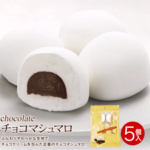
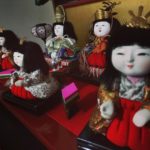
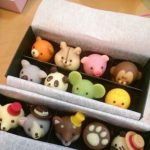
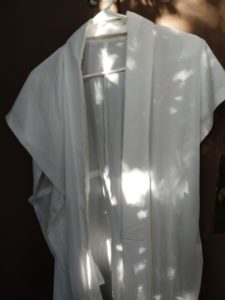
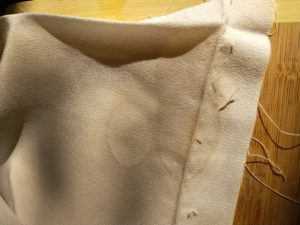

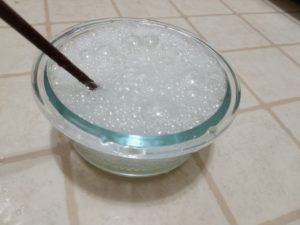
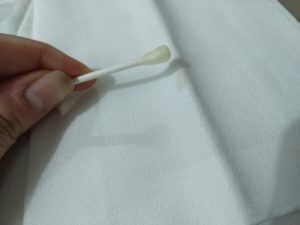
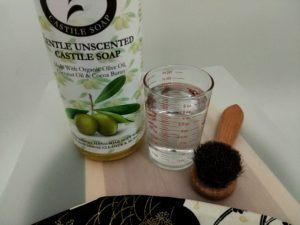
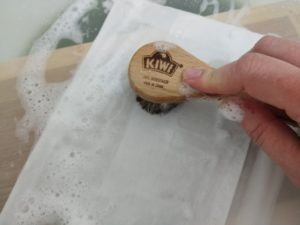
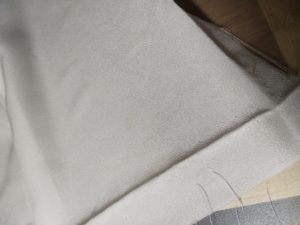
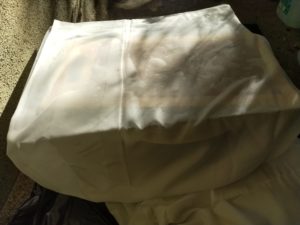
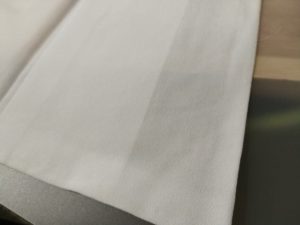
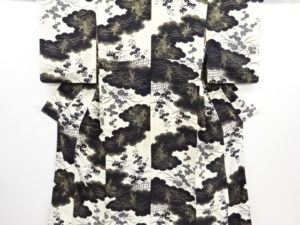
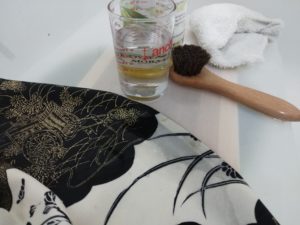
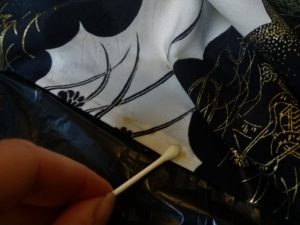
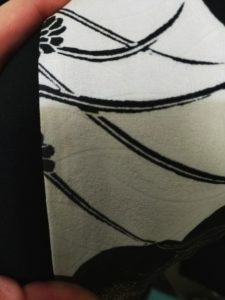
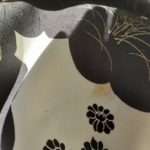
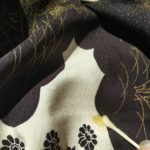

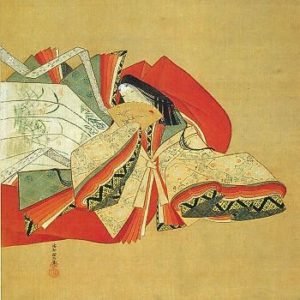

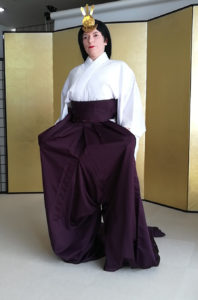
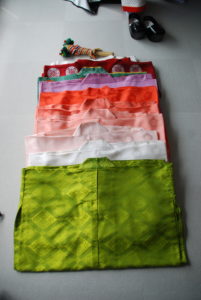
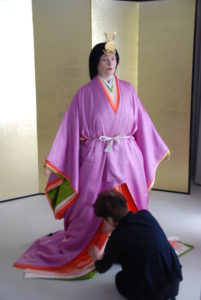
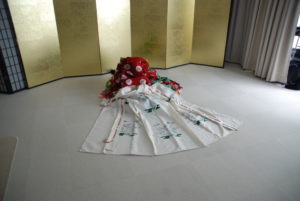
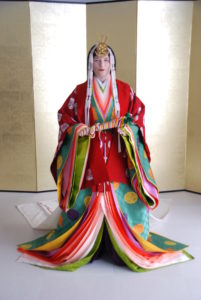
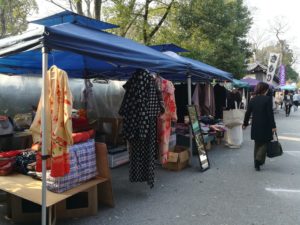
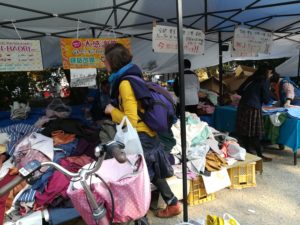
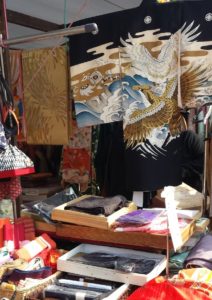


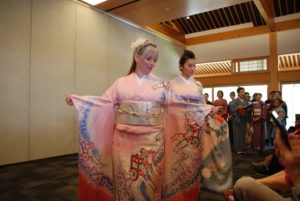
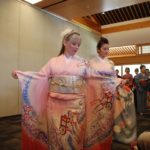
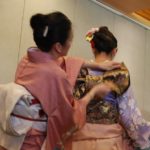
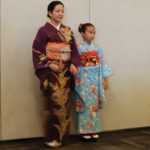
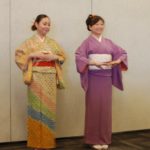
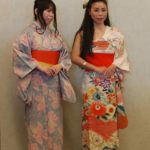

 D5 Creation
D5 Creation